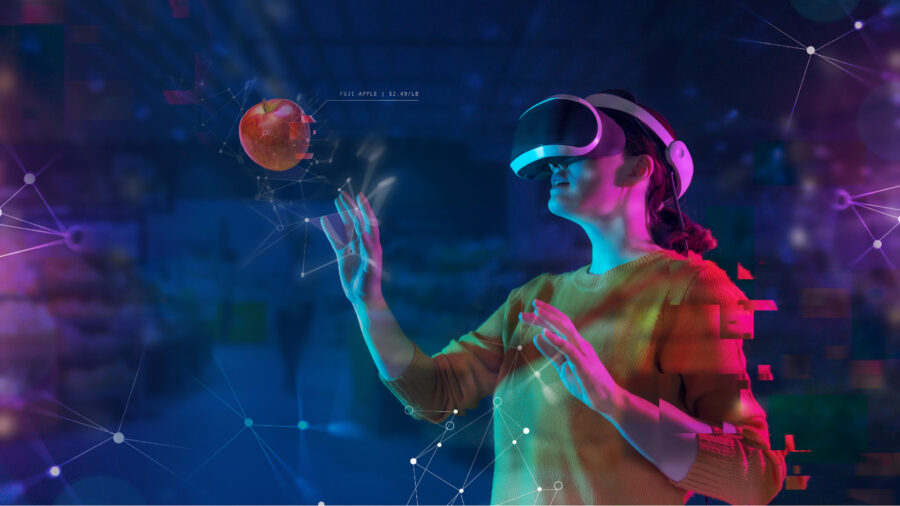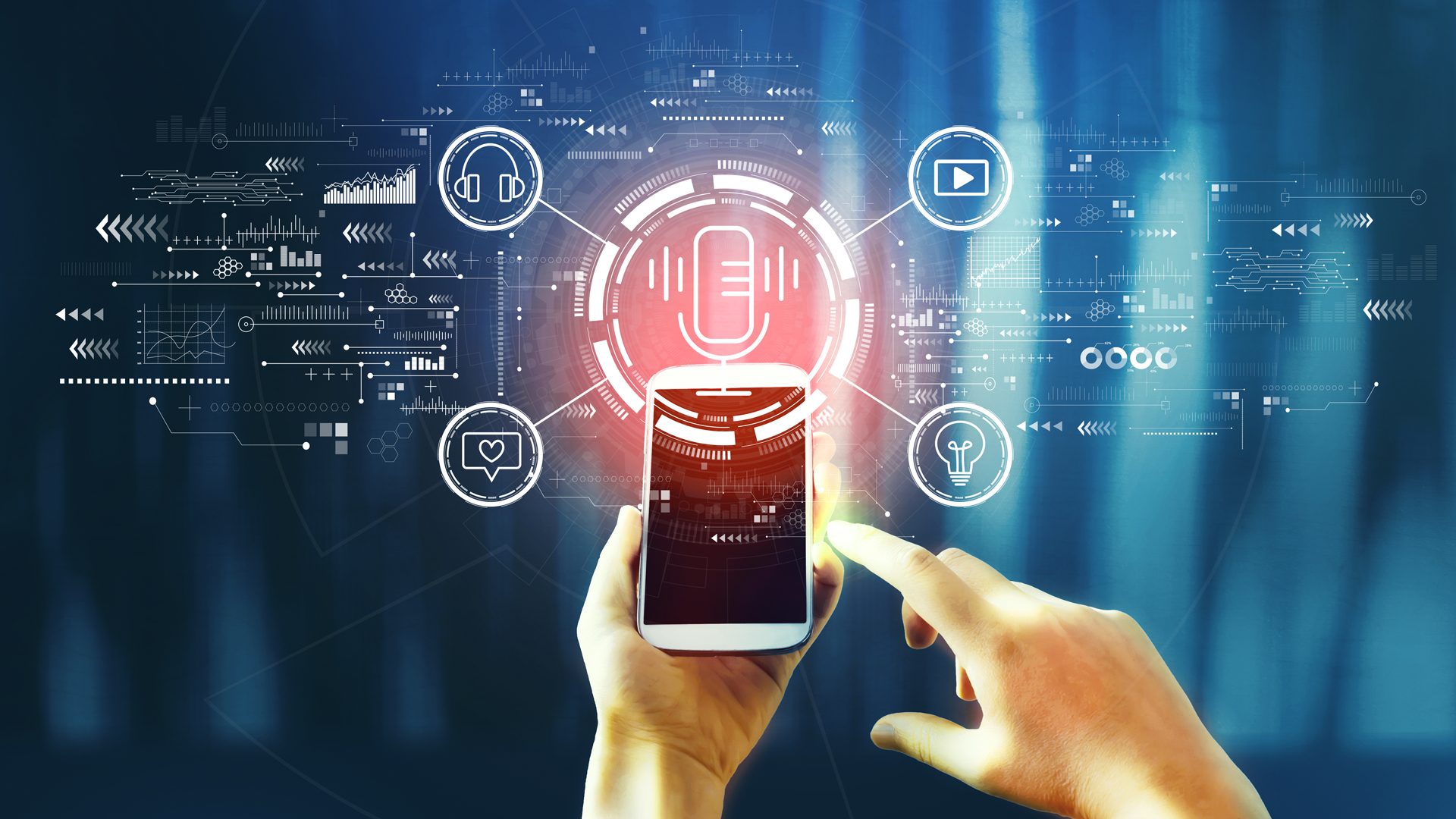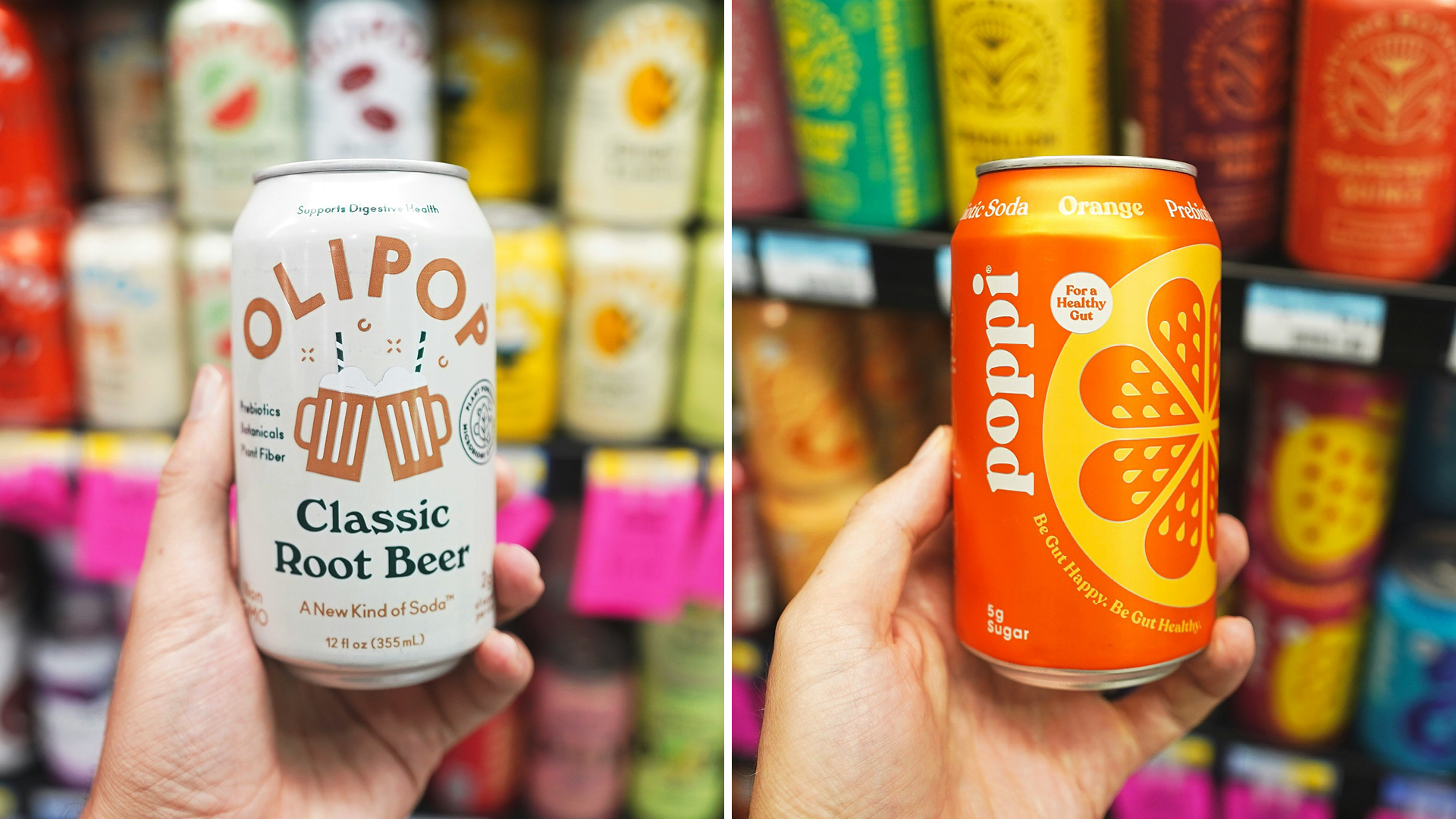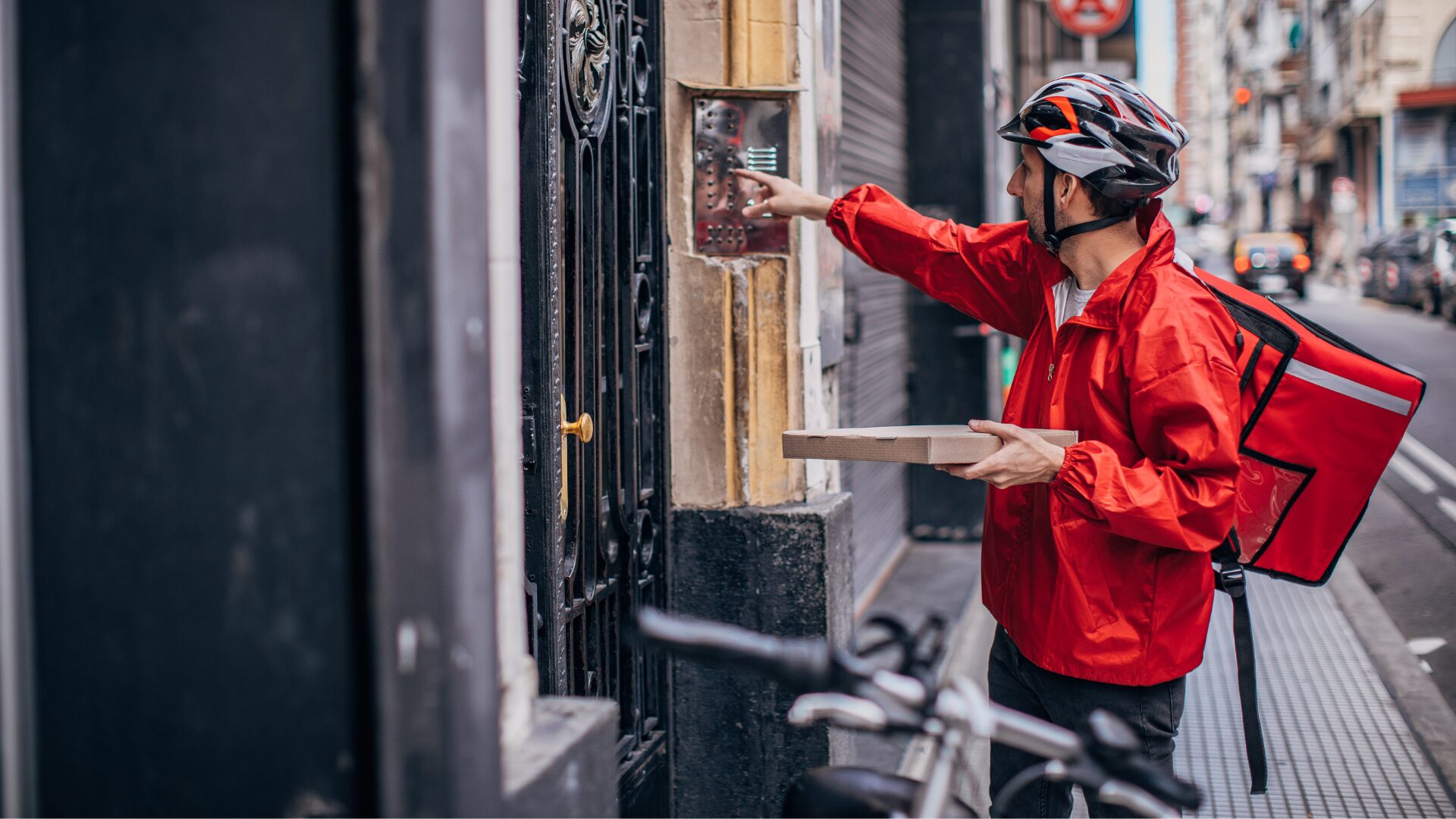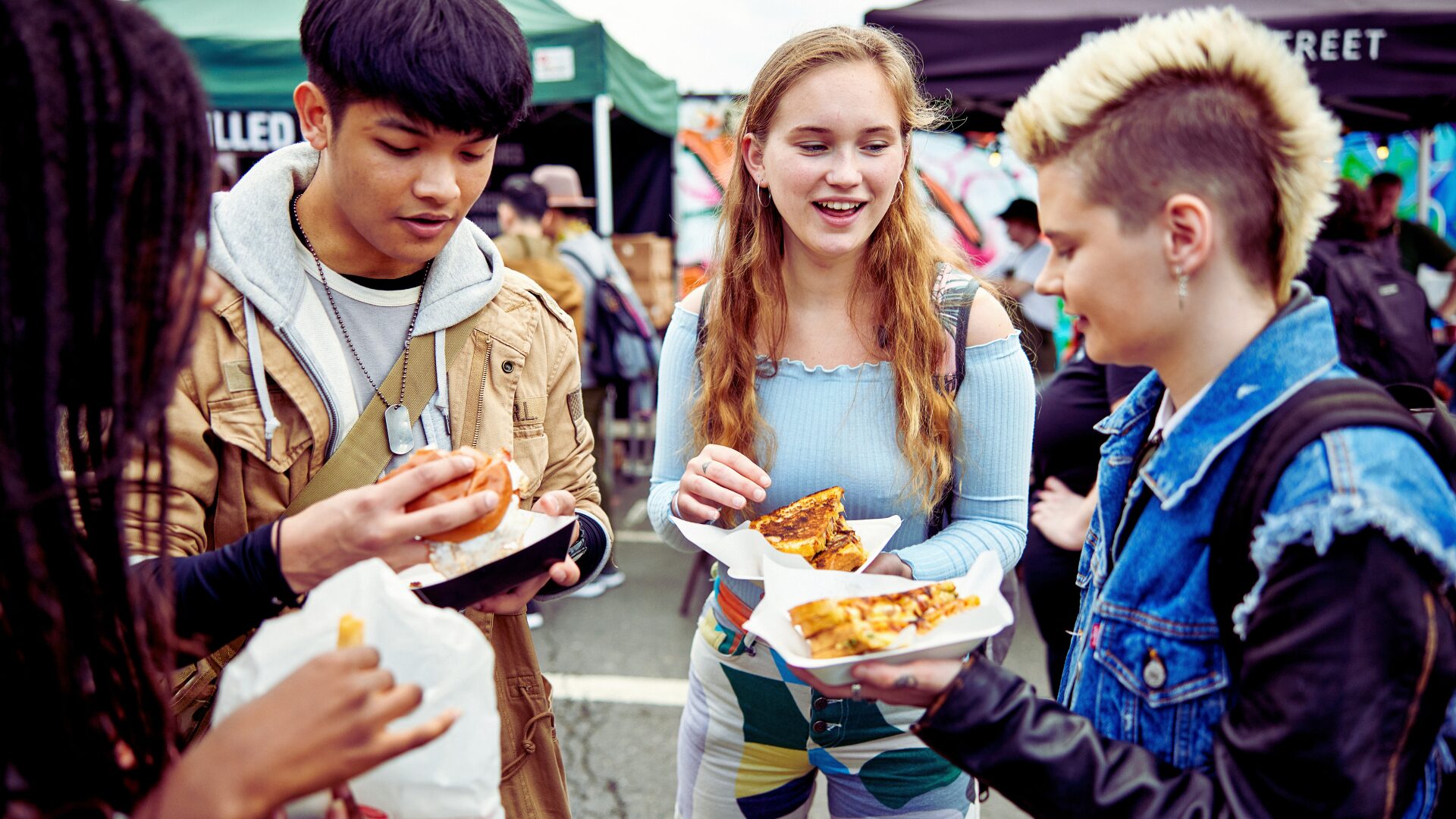Grocers looking for ways to stretch budgets and drive efficiency may want to consider using virtual reality (VR) as a way to empower their operations.
VR technology can help companies optimize planograms and get a better understanding of how shoppers browse their aisles — and VR pairs perfectly with more traditional data-gathering methods to provide a richer view of the store.
One important aspect of VR setups is the vast spectrum of configurations companies can use based on their needs and budget, according to Alvaro Pasquel, lead researcher at 84.51°. He laid out some less intensive VR environments available to retailers, including:
- Video game-like setups (both third-person navigation with an avatar or first-person view) where the shopper can interact with a 3D store shelf on their computer screen or mobile phone;
- Environments where shoppers are placed and only allowed to navigate a specific aisle;
- Aisles with 2D (front and back) product images only;
- An image of a 2D shelf set where a customer can see the whole aisle but can’t navigate up and down the aisle.
“All of these are trying to mimic reality in a way that allows for the greatest participation in the research, because VR headsets aren’t required while maintaining the principle of creating an environment that gets the customer in the shopping mindset by mimicking the grocery experience as much as possible,” said Pasquel.
VR TESTING OFFERS VALUABLE INSIGHTS
However, grocers also should remember that while VR is mimicking the grocery experience, it’s not an exact one-to-one copy.
Pasquel noted that simulated visits are free from distractions like other shoppers or the reality of spending real money on items in their basket. This doesn’t mean the data isn’t accurate, and VR offers unique opportunities that can’t be replicated anywhere else, but users need to properly interpret their findings rather than consider them absolute.
“VR testing is paired with attitudinal research to help make optimizations and enhancements to the planogram that has the best results,” said Pasquel. “This includes questions we always ask around shopability, organization and ideas provided directly from shoppers on how to optimize the aisle. Combining attitudinal insights with VR behavioral data gives this type of research an opportunity to immediately and directly link the ‘why’ of specific behaviors and understand more about the reasons shoppers like one design more than others.
“By leveraging our ability to recruit the shoppers that matter most to your category – verified shoppers of the category – we are learning from the shoppers that will be in the actual aisle making the decision in the real store environment.”
VR ASSISTS STORES IN DESIGN
Where VR testing truly excels is speed — Pasquel noted that VR testing can enable going from final shelf set design to measurement in as little as four to six weeks while letting grocers test multiple planograms in a fiscally responsible way.
“We have also found that using VR to narrow in on the right planogram to an actual instore reset has saved time, money, and limits the disruption to the customer experience in actual stores,” he added.
The technology also lets grocers and brands test out different shelf layouts in an efficient manner. This can help companies design the most effective planogram while minimizing disruption for the store.
“The way we use VR testing at 84.51° is in the proof of scale stage in the change process,” said Pasquel. “This allows Kroger and our CPG partners to test multiple versions without the cost of resetting multiple stores with an aisle flow or signage that we could determine is less than optimal in a more fiscally responsible way.
“When we have an option identified from a VR test that shows scalability, we’ll use the results and the attitudinal survey data from customers who saw the winning aisle flow to understand if there are any optimizations needed before we move to proof of economics, which is resetting a subset of stores and collecting point of sale data to understand the true impact of the reset.”


